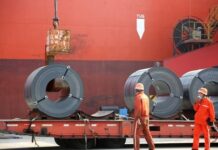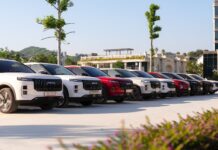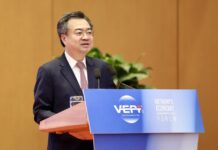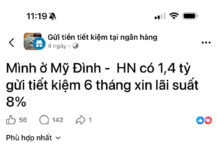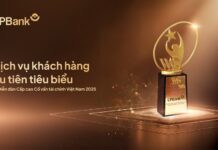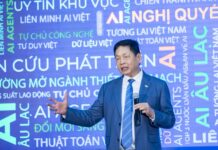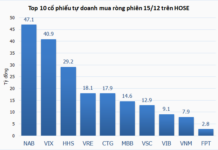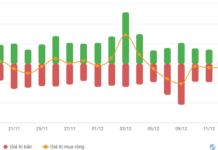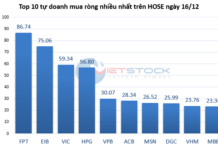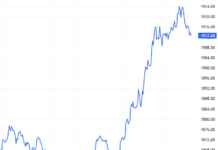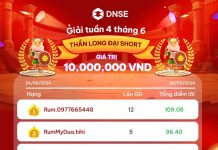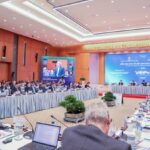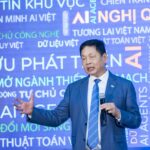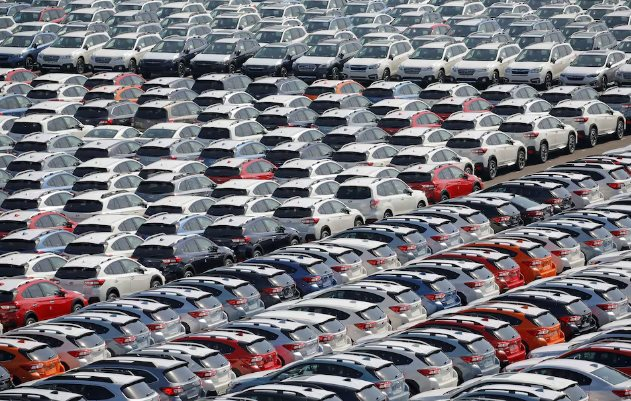
Illustrative Image
Joint ventures between Chinese automakers and major foreign brands were once cash cows, generating substantial revenue. However, the tide has turned recently as domestic manufacturers like BYD lead the electrification charge in the world’s largest car market.
Electric Vehicle Wave Claims Victims
Dongfeng Motor Group – a subsidiary of state-owned Dongfeng Motor Corp – reported a CNY 3.99 billion ($564 million) net loss in 2023. This marked the first time the company has recorded a loss since its listing on the Hong Kong Stock Exchange in 2005. The result was a complete reversal from a CNY 10.26 billion net profit in 2022.
The loss was driven by a significant decline in the performance of its two foreign joint ventures (one with Japan’s Honda Motor and the other with Nissan Motor). Specifically, Dongfeng Nissan’s sales volume plunged 21.5%, while that of Dongfeng Honda dropped by 8.5% in 2023. The combined profit contribution from the joint ventures and associates plunged by over CNY 11 billion year-on-year, making the loss almost inevitable.
Historically, to produce in China, foreign automakers were required to partner with a local state-owned company with a 50% ownership limit until regulations introduced in 2018 allowed them to take a larger stake.
Dongfeng was previously a loss-making state-owned auto group with a mountain of debt to pay off. It embarked on a restructuring drive that attracted Nissan in 2002. The tie-up with the Japanese giant proved to be a lifesaver, turning the company around.
At a conference in August 2004, Li Rongrong, then head of the State-owned Assets Supervision and Administration Commission (SASAC), hailed Dongfeng’s restructuring with Nissan as a prime example of a successful turnaround. However, the flip side of such success is over-reliance on foreign expertise, which is now proving to be an Achilles’ heel for the joint ventures.
A similar story has played out at Guangzhou Automobile Group (GAC) with its major foreign partners Honda and Toyota Motor. The combined profit contribution from the joint ventures and associates surpasses that of the parent company.
Unlike the above two, SAIC Motor – which has tie-ups with Volkswagen and General Motors – is less dependent on its foreign partners. However, over 80% of the Shanghai-listed company’s net profit in 2023 came from its joint ventures and associates. Their revenue streams have faltered, largely due to the foreign JVs losing steam.
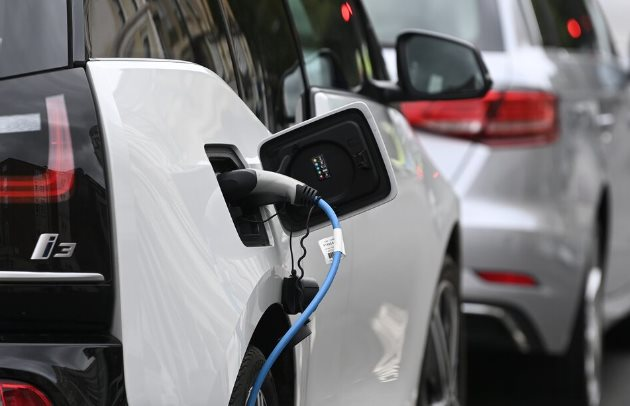
The Retreat Continues
GAC Mitsubishi Motors’ management team notified employees that the GAC-Mitsubishi joint venture had ceased operations last year due to disappointing sales. The Japanese owners, Mitsubishi Motors and Mitsubishi Corp, sold their 30% and 20% stakes, respectively, to GAC for a mere 1 yuan each.
Stellantis, a European-American automotive corporation formed by the merger of Fiat Chrysler Automobiles and France’s Groupe PSA, also exited its 50-50 China joint venture GAC Fiat Chrysler Automobiles.
While Stellantis opted to maintain a different 50-50 tie-up with Dongfeng, the Chinese side sold about half of its stake in Stellantis last November for 934 million euros ($1 billion), reducing its holding to 1.58% and diluting its equity relationship.
At Groupe Renault, the joint venture with Brilliance China Automotive Holdings filed for bankruptcy protection with a local court in late 2021 and is still undergoing restructuring. The French automaker dissolved another key China partnership with Dongfeng in April 2020, selling its 50% stake back to its Chinese partner.
While traditional Chinese joint ventures with foreign automakers are retreating in the face of the electric vehicle onslaught, industry veterans predict that they will eventually make a comeback.
However, even as some foreign JVs seek to fight back in the EV segment, overcapacity is eroding the Chinese companies’ margins.
By Nikkei Asia

